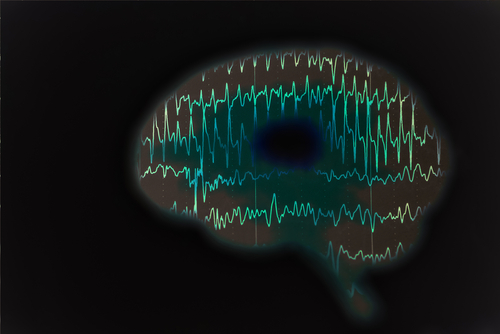Activity in brain between seizures tells potential treatment for childhood absence epilepsy
ANI Sep 13, 2017
In the genetic mouse models of childhood absence epilepsy, brain activity is perturbed between seizures.

This creates a trouble in brain, which can persist despite treatment of seizures, according to recent study published in The Journal of Physiology.Absence seizures (AS) are brief epileptic events characterized by loss of awareness with subtle motor features and this cause a short period of "blanking out" or staring into space, due to brief abnormal electrical activity in the brain.They may be very frequent, and impact on attention, learning, and memory. A number of pathophysiological models have been developed to explain the mechanism of absence seizure generation, which relies heavily on observations from animal studies.
This study may give an idea that why some children with absence epilepsy may have continued deficits in cognitive performance, despite successful treatment of their seizures.An electroencephalogram (EEG) is a test that measures and records the electrical activity of your brain.EEG activity between seizures could help physicians diagnose and monitor cognitive and other attentional deficits in epilepsy.Jeffrey Noebels and his team at Baylor College of Medicine in Houston, Texas used two genetic mouse models of absence epilepsy and compared them to unaffected mice.Researchers found that the abnormality in brain activity happens both before and after the medication.Although human studies have linked these abnormalities with attention deficits. Researchers did not specifically perform any behavioural tests in the mice.However, they cannot conclude that the abnormalities cause deficits in attention.
The behavioral studies in mice and humans, the abnormalities could then be treated in parallel with seizures. This seems as remedy for childhood absence epilepsy patients.Atul Maheshwari, author of this research said, “We plan to evaluate whether the abnormalities we found are associated with deficits in attention in these and other mouse models. In addition, we plan to treat these mice with standard treatments for attention deficit disorder such as Ritalin and determine whether the behavior and the EEG abnormalities can be corrected.”
-
Exclusive Write-ups & Webinars by KOLs
-
Daily Quiz by specialty
-
Paid Market Research Surveys
-
Case discussions, News & Journals' summaries